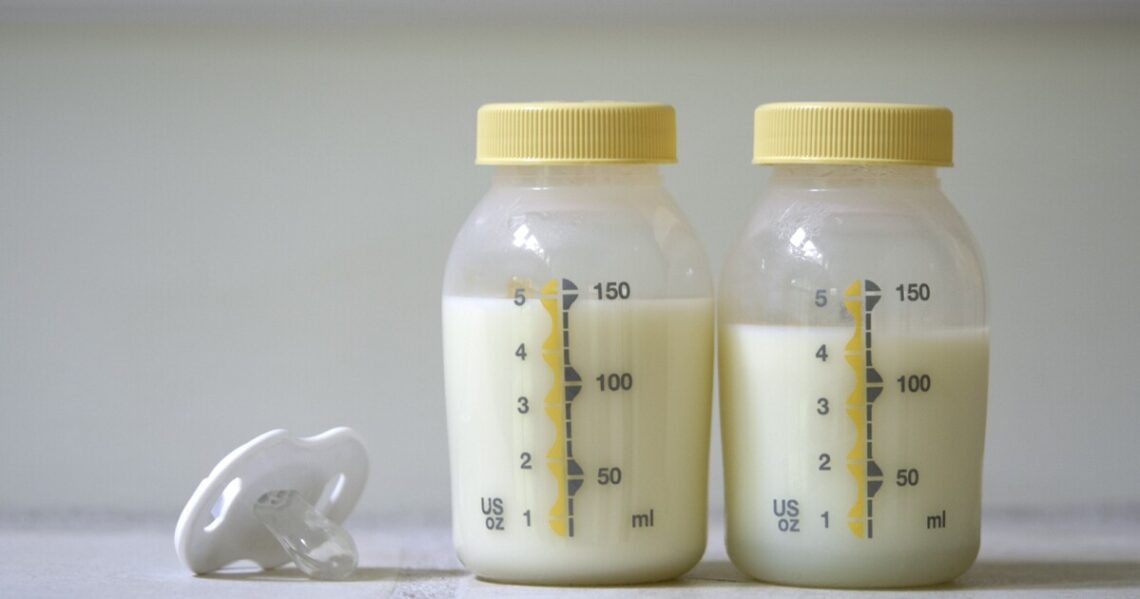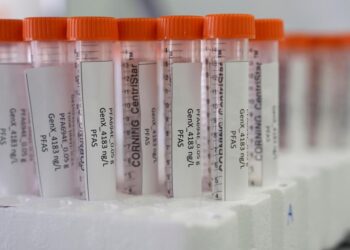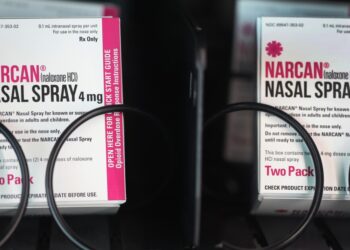Support your source for local news!
In these challenging times, the need for reliable local reporting has never been greater. Put a value on the impact of our year-round coverage. Help us continue to highlight LA stories, hold the powerful accountable, and amplify community voices. Your support keeps our reporting free for all to use. Stand with us today.
Keep up with our local independent news
The Top 5 newsletter catches you up with LA’s top 5 stories in just 3 minutes.
In the early 2000s, researchers tested breast milk samples from U.S. mothers and found high levels of toxic compounds used as a common flame retardant in household items.
The compounds, polybrominated diphenyl ethers (PBDEs), were gradually phased out after a link was found with certain health risks. It sounds like a public health success story, but new research suggests it may not be quite that simple.
This summer, scientists detected a new set of similar flame retardants in the breast milk of 50 U.S. women.
Brominated flame retardants — the class of compounds that includes PBDEs and these new compounds — were first developed in the 1970s to prevent burning in household electronics and appliances. Because they’re used in so many different products, we come in contact with these compounds in our daily lives, says Dr. Sheela Sathyanarayana, a professor of pediatrics and environmental health at the University of Washington and Seattle Children’s Research Institute who is one of the authors of this study.
People are exposed to these flame retardants through dust and air. “Although it seems strange, we actually ingest some amount of dust every…
Read the full article here







